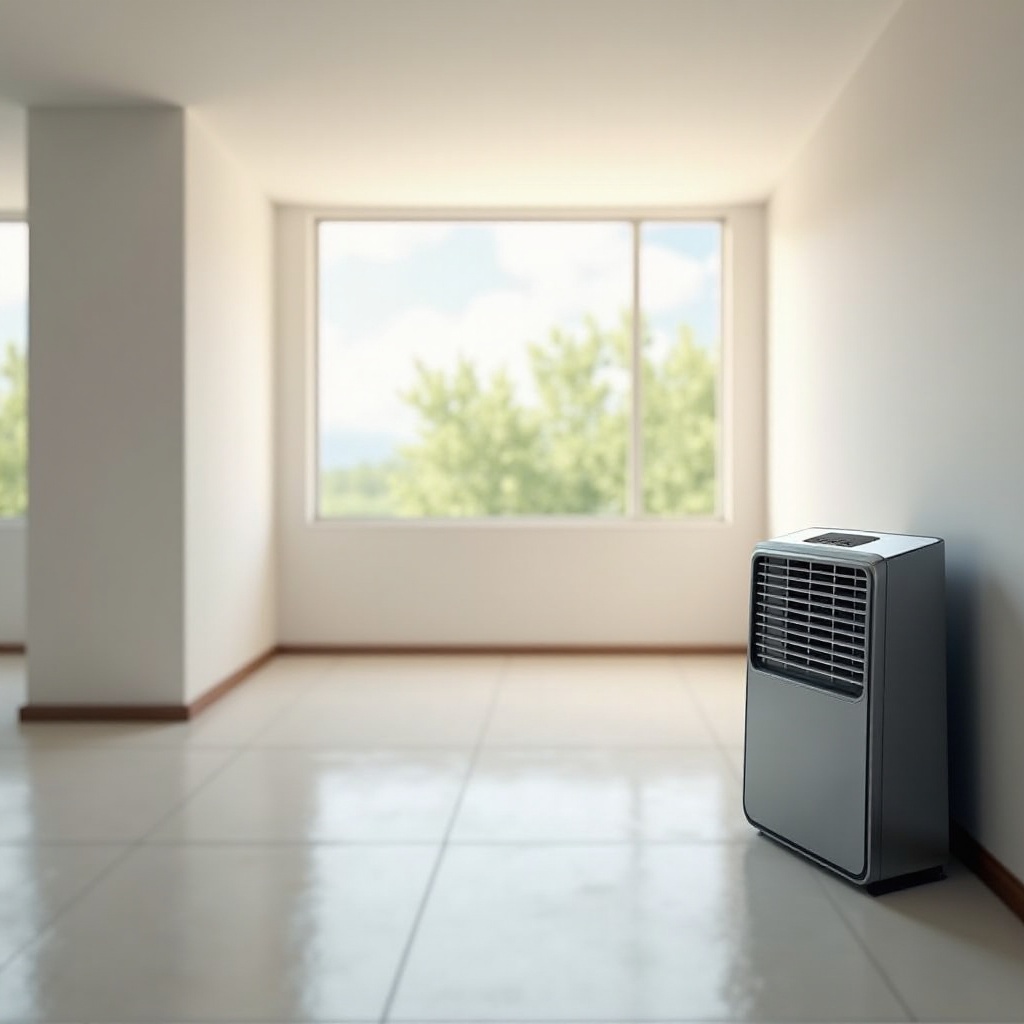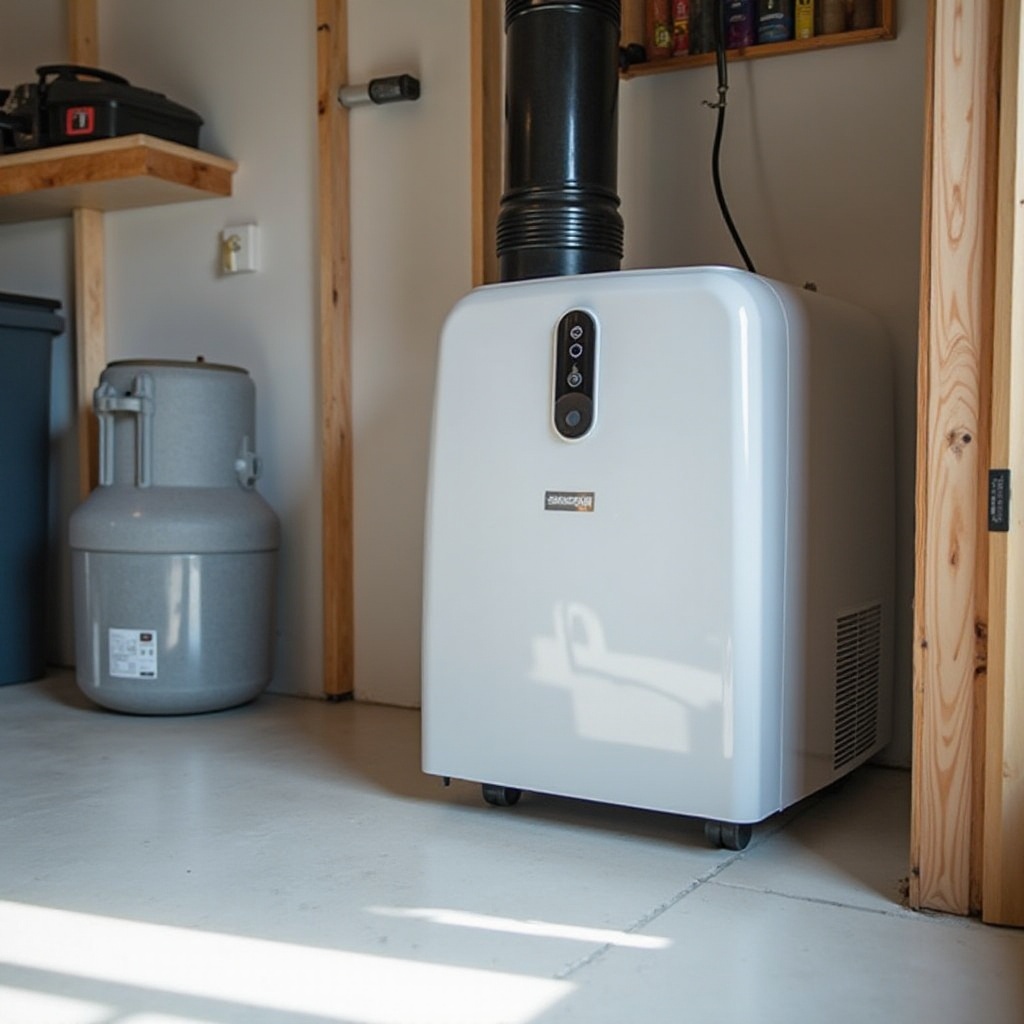Introduction
A dehumidifier is essential for maintaining a healthy basement environment. Basements are often prone to high humidity due to their underground location, poor ventilation, and dampness. Excessive moisture in the basement can lead to mold growth, structural damage, and health issues. Using a dehumidifier with a drain hose is a convenient and efficient solution to these problems.

Understanding Basement Humidity Issues
Basement humidity isn't just an inconvenience; it's a serious concern that needs attention. Let's delve into the causes and effects of high humidity in basements.
Causes of Basement Humidity
Several factors contribute to high humidity in basements:
- Groundwater seepage: Water permeates through the foundation walls and floors.
- Poor ventilation: Lack of airflow traps moisture inside.
- Condensation: Temperature differences cause water to condense on cold surfaces.
- Leaks: Plumbing or structural leaks add to dampness.
Effects of High Humidity on Health and Property
High humidity in basements can lead to:
- Mold and mildew growth, causing allergic reactions and respiratory issues.
- Damage to wooden structures, walls, and insulation.
- Musty odors making the basement unpleasant.
Why a Drain Hose is an Essential Feature
When it comes to managing humidity, a dehumidifier with a drain hose is incredibly efficient. Here's why:
Advantages of Using a Drain Hose
- Continuous Operation: No need to manually empty the water tank.
- Hassle-Free: The hose directs water to a drain, increasing convenience.
- Efficiency: Allows the dehumidifier to run longer and more effectively.
Comparing Drain Hose with Other Water Removal Methods
Other water removal methods include:
- Manual Water Tanks: Require frequent emptying and restrict continuous operation.
- Built-in Pumps: More complex and often more expensive.
- Gravity Drainage: Relies on positioning and may require additional setup.
A drain hose proves to be the most versatile and user-friendly option.
Key Features to Look for in a Basement Dehumidifier
When selecting a dehumidifier for your basement, these features are crucial:
Capacity and Coverage Area
Choosing the right capacity ensures effective humidity control:
- Small Basements (up to 1,000 sq ft): 30-pint dehumidifiers.
- Medium Basements (1,000 - 2,500 sq ft): 50-pint dehumidifiers.
- Large Basements (over 2,500 sq ft): 70-pint dehumidifiers.
Energy Efficiency
Look for dehumidifiers with an Energy Star rating to reduce electricity consumption and cost.
Noise Levels
Ensure the unit operates quietly, especially if the basement serves as a living space or home office.
Automatic Shut-off and Alerts
Safety and convenience features to look for:
- Auto shut-off: Turns off when the tank is full.
- Alerts: Notifications for filter cleaning and full tank.

Top 5 Best Dehumidifiers for Basements with Drain Hose (2024)
We've rounded up the top-tier dehumidifiers for basements, focusing on those with a drain hose.
Review of Model 1: Features, Pros, and Cons
Features:
- 50-pint capacity
- Energy Star rated
- Quiet operation
Pros:
- Efficient and continuous operation
- User-friendly design
Cons:
- Pricey compared to non-automatic options
Review of Model 2: Features, Pros, and Cons
Features:
- 70-pint capacity
- Auto-defrost
- Digital display
Pros:
- High capacity, ideal for large basements
- Easy to set up and use
Cons:
- Bulkier design
Review of Model 3: Features, Pros, and Cons
Features:
- 30-pint capacity
- Compact design
- Timer function
Pros:
- Perfect for small basements
- Energy-efficient
Cons:
- Limited capacity
Review of Model 4: Features, Pros, and Cons
Features:
- 50-pint capacity
- Built-in pump
- Remote control
Pros:
- Convenient operation
- Multiple draining options
Cons:
- Higher price point
Review of Model 5: Features, Pros, and Cons
Features:
- 70-pint capacity
- Smart humidity control
- Washable filter
Pros:
- Large capacity
- Maintenance-friendly
Cons:
- Noisier at high settings
Installation and Maintenance Tips
Proper installation and regular maintenance are key to maximizing your dehumidifier's efficiency.
Step-by-Step Installation Guide
- Choose the right location: Near a drain or sink for the hose.
- Set up the hose: Attach securely and lead to a drain.
- Plug in the unit: Ensure it's level and stable.
- Set the desired humidity: Use the control panel.
Regular Maintenance for Optimal Performance
- Clean the filter: Every 2-4 weeks.
- Check the hose: Ensure it's clear and draining properly.
- Inspect the unit: Look for wear or damage.

Conclusion
Choosing the best dehumidifier for your basement with a drain hose can greatly enhance indoor air quality, prevent mold, and protect your home structure. By considering the unit's capacity, efficiency, and noise levels, and properly maintaining it, you can ensure a healthy, moisture-free basement.
Frequently Asked Questions
How often should I empty the drain hose?
With a drain hose attached, you generally do not have to empty it manually. Ensure the hose is securely attached and draining properly to a sink or drain.
Can I use a dehumidifier with a drain hose in other parts of my home?
Yes, dehumidifiers with a drain hose can be used in any room with an accessible drain. Ensure proper placement and hose setup for effective operation.
What should I do if my dehumidifier stops draining water properly?
Check the hose for blockages or kinks. Ensure it is securely connected and draining to an appropriate location. If issues persist, consult the user manual or contact customer support for assistance.
